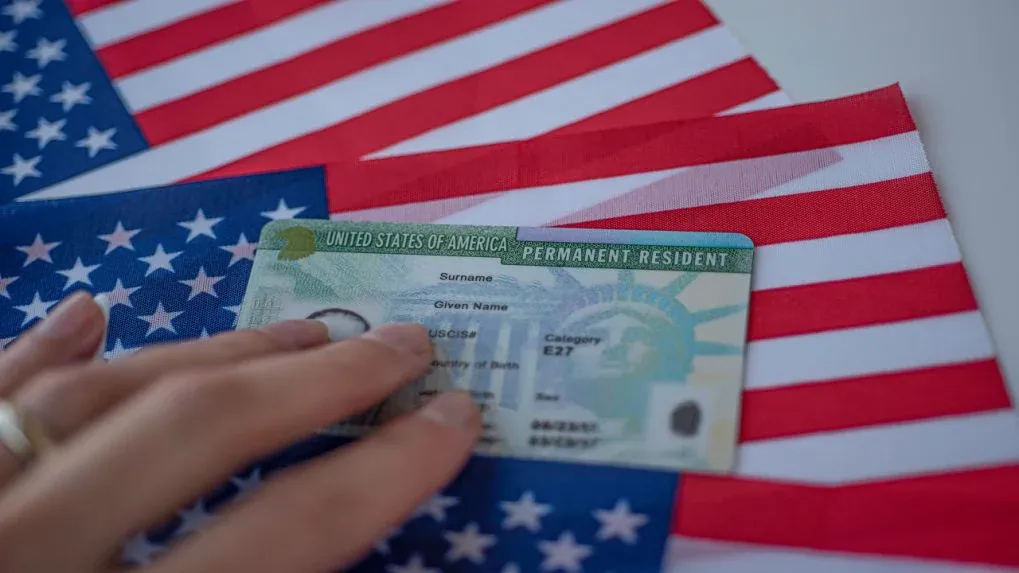For individuals worldwide, the United States of America has served as a symbol of opportunity and optimism. Many aspire to acquire a green card, signifying permanent residency in the US, as it represents a cherished dream. This pursuit opens doors to enhanced economic prospects, personal fulfillment, and the chance to contribute to the diverse cultural fabric of the nation.
Successfully navigating the various paths to permanent residency and adeptly managing the intricacies of the application process can significantly enhance your likelihood of success, despite the inherent challenges and complexities of immigration procedures. This comprehensive guide is designed to provide you with the knowledge and insights necessary to embark on your journey toward obtaining a green card in the year 2024.
Eligibility Criteria for Permanent Residency
Before delving into the specific pathways, it’s crucial to understand the general eligibility requirements for permanent residency in the United States.
- Age: Applicants must be eighteen (18) years old.
- Admissibility: Applicants must be able to enter and stay in the United States, and they must not have any criminal records, health conditions, or past immigration violations that would prevent them from doing so.
- Sponsor: Most of the time, applicants need a family member or employer to act as a sponsor and submit a petition on their behalf.
Pathways to Permanent Residency
The United States offers multiple avenues for granting permanent residency. Every route has a unique set of requirements for eligibility, application processes, and turnaround times.
1. Family-sponsored immigration: The most popular route to permanent residence is via this route. Parents, siblings, unmarried children under 21, and spouses are among the close relatives of US citizens or permanent residents who are eligible to sponsor their family members.
2. Employment-Based Immigration: This immigration route provides chances for people with specialised knowledge or experience to become permanent residents. Employment-based immigration falls into several categories: EB-1 is for people with extraordinary ability; EB-2 is for people with advanced degrees or exceptional ability; EB-3 is for skilled workers; and EB-4 is for religious workers.
3. Diversity Visa Lottery: Also referred to as the Green Card Lottery, the Diversity Visa Lottery is a random drawing program that grants permanent residency to people from nations with low immigration rates to the United States.
4. Investor Visa: The purpose of the EB-5 Investor Visa program is to draw overseas investors who contribute sizable sums of money to US companies.
5. Humanitarian Programs: Asylum and refugee status are two avenues through which people seeking safety from violence or persecution in their native countries can obtain permanent residency.
Steps to Obtain Permanent Residency
The general procedures involved in obtaining permanent residency usually follow a similar pattern, regardless of the pathway selected:
1. Petition Filing: The sponsor or employer submits a petition on the applicant’s behalf to US Citizenship and Immigration Services (USCIS).
2. Application Submission: The candidate fills out a thorough application, attaches relevant paperwork, and pays the necessary fees.
3. Background Check: To confirm an applicant’s identity, admissibility, and eligibility, USCIS performs an extensive background check.
4. Medical Examination: To make sure the applicant satisfies the health requirements for immigration, they go through a medical examination.
5. Interview: To review their application and answer any queries, the applicant might be required to go to an interview with a USCIS officer.
6. Judgement: USCIS considers the application and decides whether to grant or refuse the green card.
7. Green Card Issuance: The applicant gets a green card, which gives them permanent residency status in the US, after being approved.
Additional Considerations
1. Legal assistance: Immigration law can be complicated and the process itself can be complex. Throughout the process, seeking the advice and assistance of a knowledgeable immigration lawyer can be very beneficial.
2. Processing Times: The length of time it takes to process a green card application can vary based on the applicant’s country of origin, the pathway, and the volume of work that USCIS is currently handling. Being patient and realising that the process might take several months or even years is advised.
3. Maintaining Status: After being awarded permanent residency, a person must continue to be physically present in the United States and adhere to all immigration laws in order to keep their status.
To conclude, achieving permanent residency in the US is a substantial undertaking that demands meticulous planning, thorough preparation, and adherence to immigration laws. Enhancing your prospects of realizing the dream to relocate and live and work in the United States involves staying informed about qualifying requirements, exploring available options, and diligently taking the necessary steps.

